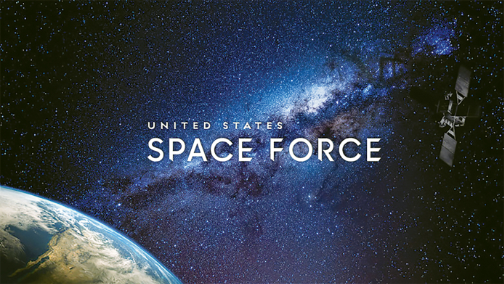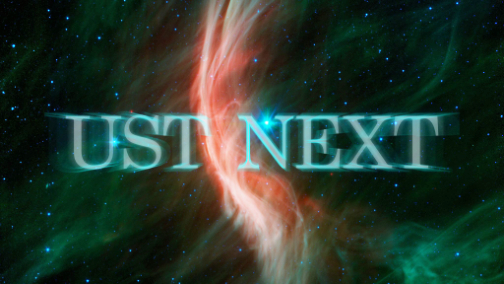
The training of new military space operators is evolving to meet the challenges in the space domain. A revamped initial skills training course now gives new space warfighters an early advantage in being ready to meet the unique demands of operating satellites and other space systems in a contested, degraded and operationally limited space domain.
For more than 60 years, U.S. space systems were operated in a largely uncontested environment. Because potential adversaries have introduced man-made threats in, and extending to, an already complex and dynamic environment, United States Space Force partnered with Air Education and Training Command to overhaul Undergraduate Space Training.

In October 2019, “Undergraduate Space Training NEXT” began incorporating Top Secret/Sensitive Compartmented Information in its curriculum at the direction of Gen. Jay Raymond, Chief of Space Operations, U.S. Space Force, and Commander, U.S. Space Command.
The revised UST NEXT curriculum now focuses on three core objectives: instilling warfighting context and culture, enhancing foundational rigor and fostering student engagement and ownership. Previously 76 training days each, the enlisted and officer courses have been expanded to 87 and 110 days, respectively.
Curriculum development was led by the 533rd Training Squadron in coordination with the USSF Training, Weapons & Tactics Division. The year-long undertaking was supported by 154 subject matter experts from USSF, AETC, Air Combat Command, Air Force Reserve Command, National Reconnaissance Office, and the United States Air Force Academy, who collectively put in more than 10,000 hours.
The first officer graduation of the new UST NEXT course occurred on March 26, 202,0 at Vandenberg Air Force Base, California. The first enlisted graduation was held March 13, 2020, also at Vandenberg AFB.
Prospective space warfighters report to Vandenberg immediately after completing Basic Military Training or leaving their commissioning source. Both officer and enlisted UST courses provide an introduction to space history, law, policy, orbital mechanics, electromagnetic waves and signals, space environment, space systems, command authorities, and joint space warfighting.
During UST, students are matched to their initial assignments as well as the Space Warfighting Disciplines in which they will specialize: Orbital Warfare, Space Electronic Warfare, Space Battle Management, or Space Access and Sustainment. Following UST, graduates will attend a Space Warfighter follow-on course in Colorado Springs, Colorado, for more in-depth training in their area of specialization.
Brig. Gen. DeAnna M. Burt, Director of Operations and Communications, U.S. Space Force, said the addition of classified content to UST allows the organization to train everything in a warfighting context starting with the threat. Some of the concepts can seem pretty abstract, but when students see it applied to a real world scenario, suddenly it sticks. The challenge was to pull together experts from across the community whose experience covered the full range of UST curriculum. U.S. Space Force wasoverwhelmed by the positive response, not only from all the space command units, but also outside organizations.
Col. Michael C. Todd, Chief of Training Weapons and Tactics Division, U.S. Space Force (USSF), added that the old UST course worked very well in the environment for which it was developed. But the environment has changed. The USSF no longer operates in a benign domain. People recognize the value that the USSF space systems bring to the joint fight, and that includes adversaries also being aware. This training needed to change to better prepare space warfighters to operate, innovate and dominate in a contested domain. This new UST course is all about warfighting. Students are immersed in hands-on scenarios that begin to cultivate the knowledge and skills they need to combat a thinking and determined adversary. Graduates will arrive at their operations units better prepared to master their weapon systems and dive into the fight. This is what the nation needs for today’s contested space environment.
Story by 1st Lt. Tyler Whiting, United States Space Force Public Affairs

